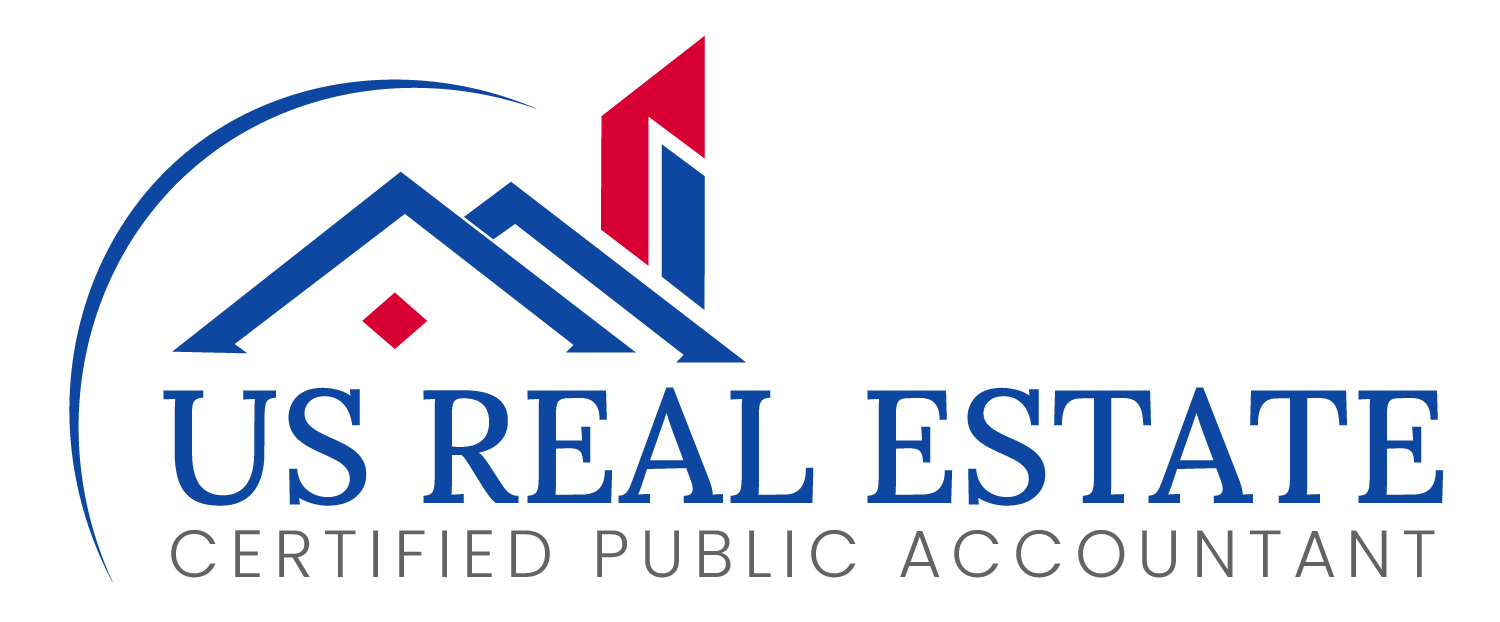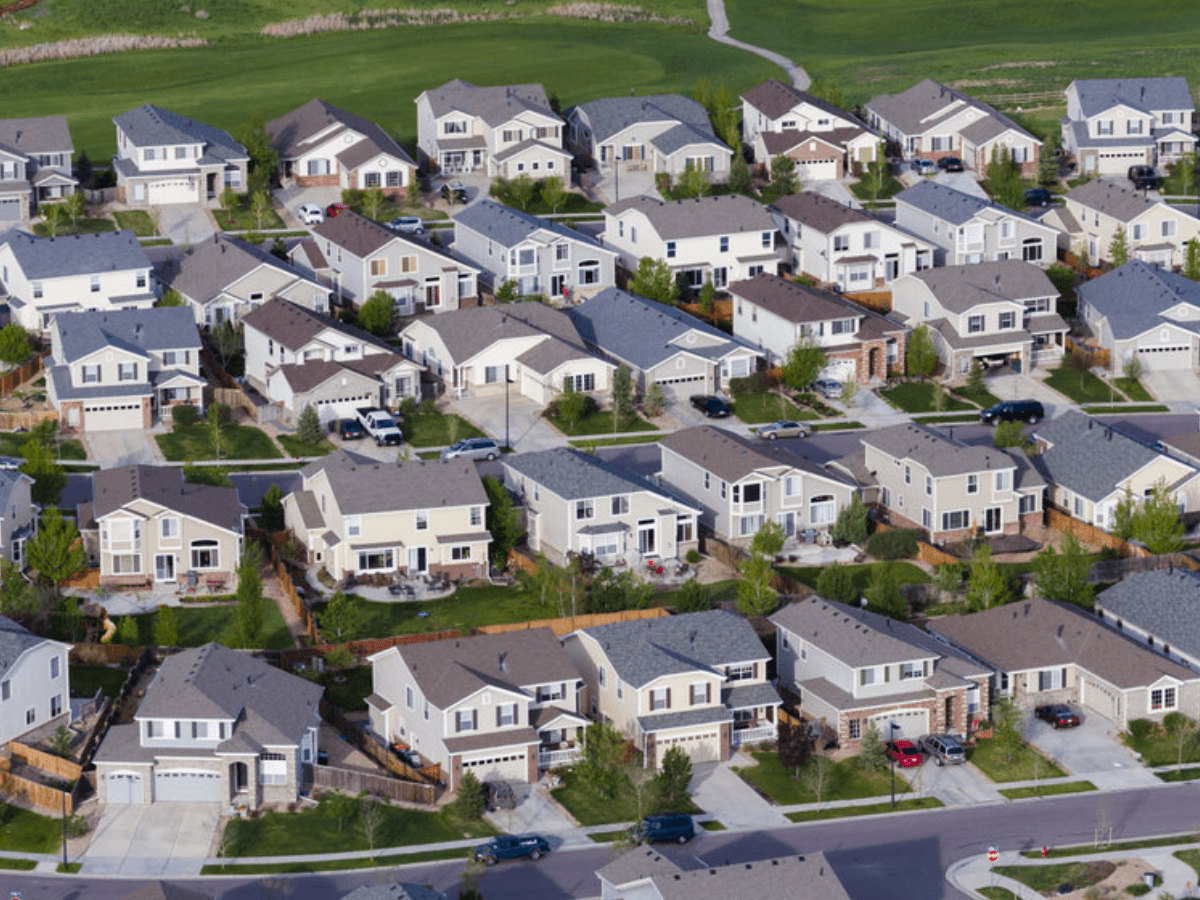
Tariffs Will Add $11,000 to the Cost of New Home, Homebuilders Say
At a time when many Americans are hoping for a fresh start with a new home, the cost of building one just got a little steeper, thanks in part to tariffs. According to the National Association of Home Builders (NAHB), tariffs tied to President Donald Trump’s trade moves will add nearly $11,000 to the price of the average newly built home.
It’s a hit the housing market wasn’t quite ready for.
Notwithstanding a recent dip in mortgage rates, builder confidence continues to be lukewarm. In April the NAHB/Wells Fargo Housing Market Index (HMI) registered at 40, ticking up only a single point from March. For context, any reading below 50 signals builders view market conditions as poor.
The real trouble, however, is coming from the soaring cost of materials. About 60% of homebuilders say their suppliers have already yanked up prices, or are planning to do so, because of tariffs. On average, the suppliers have boosted costs by 6.3%, producing a sharp jump in what it takes to bring a home from blueprint to reality.
In March builders estimated tariffs were adding around $9,200 per home. Today that has ballooned to $10,900. That’s not pocket change, as you might think: but it’s the kind of increase that can shake the confidence of both builders and buyers.
A Market Trying to Catch Its Breath
You’d think that falling mortgage rates would inject some life into the market. And to be fair, they did — briefly.
In March mortgage rates averaged 6.65%, down from 6.84% in February. Earlier in the year, they had nudged above 7%, causing some would-be buyers to hesitate. But when rates started to slide, a few of those buyers jumped off the fence. That gave builders a slight boost in sales activity.
Still, the good vibes didn’t last long. On April 2 Trump’s sweeping “Liberation Day” tariff announcement sent stock markets into a tailspin. The move also rattled builders, who are already dealing with chronic headaches like labor shortages and a dwindling supply of buildable land.
“Builders have expressed growing uncertainty over market conditions as tariffs have increased price volatility for building materials,” says NAHB Chairman Buddy Hughes. “It’s happening at a time when the industry continues to grapple with labor shortages and a lack of buildable lots.”
That kind of instability makes it hard for builders to plan ahead. One minute they’re pricing a development based on current lumber costs, and the next they’re dealing with a tariff that throws their math out the window.
What Builders Are Up Against
Even as costs go up, builders don’t always have the luxury of raising prices. The market just isn’t giving them that much room. According to the latest HMI survey:
- 29% of builders cut prices in April — same as in March.
- The average price cut was 5%, holding steady from the previous month.
- Sales incentives climbed with 61% of builders offering them in April — up from 59%.
Translation: builders are absorbing some of the cost themselves, which can eat into profits. But in a market that’s this fragile, trying to push those costs onto buyers could mean homes sit unsold.
The numbers back this up. The median sales price of new homes in February was $414,500, down 1.5% from a year earlier and off 3% from January. That suggests buyers are already struggling to afford what’s out there — and that higher prices aren’t exactly welcome news.
A Wild Card No One Asked For
Tariffs have always been a wild card in the world of construction. But now they’re front and center, and not in a good way.
“Policy uncertainty is having a negative impact on home builders, making it difficult for them to accurately price homes and make critical business decisions,” says NAHB Chief Economist Robert Dietz.
Builders like to work with certainty: fixed costs, predictable timelines and stable supply chains. But with tariffs coming and going — and the possibility of sector-specific exemptions still up in the air — many feel like they’re building in a fog.
And it’s not just a builder’s problem. The knock-on effect of all this could hit first-time buyers, families trying to upsize and even seniors downsizing. Higher construction costs feed into higher home prices — or thinner margins for builders — which means fewer homes, slower construction and a market that can’t meet demand.
Bumpy but Not Broken
The American housing market has weathered plenty of storms, from interest rate spikes to financial crashes. Compared to those, tariffs may seem like a smaller obstacle. But for builders already dealing with workforce issues, supply shortages and restrained buyers, they’re one more weight in an overloaded wheelbarrow.
Unless policymakers offer clearer guidance or ease up on trade restrictions, the cost of uncertainty may keep rising; along with the price tags on new homes.
No wonder, builders are just trying to adjust where they can and hope that market forces (and mortgage rates) continue to move in their favor. But if costs keep going up and confidence stays stuck below 50, it could be a long, uneasy spring for the housing market.



